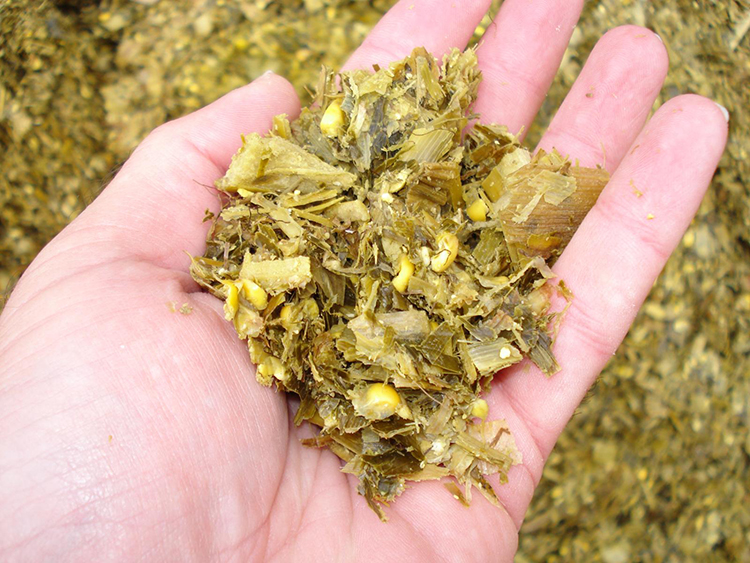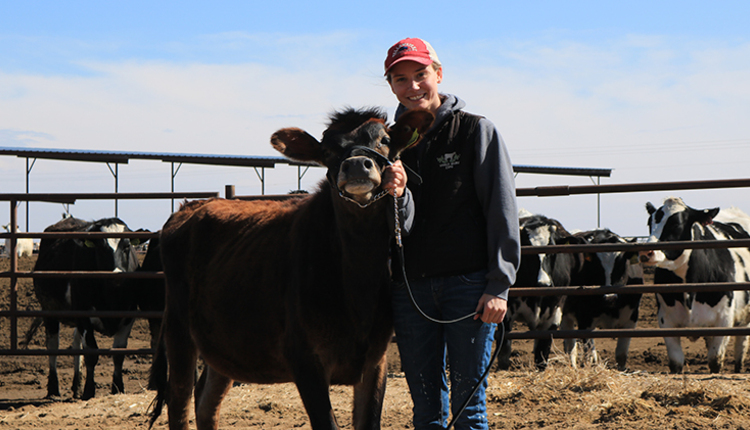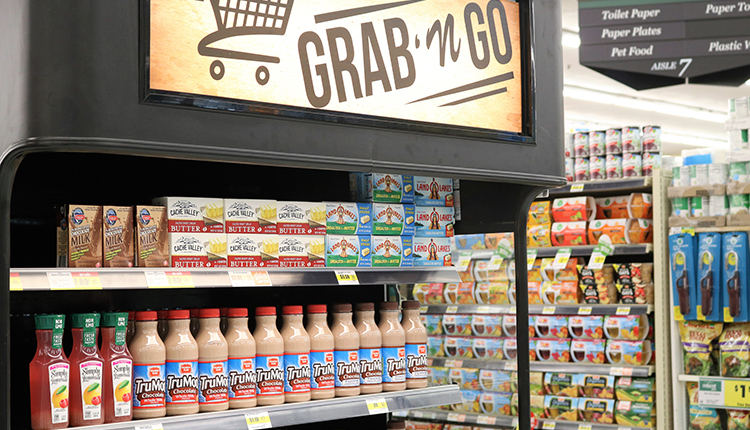
As farmers get their choppers, trucks, and tractors ready to chop and store corn silage, there is one other thing they should plan out ahead of time this chopping season – testing your kernel processor.
Kernel processing tests are simple, can be a job for your younger farm hands, and are worth the improved digestibility your cows will receive from the feed.
At the Iowa-Wisconsin Silage Conference last month, Hugo Ramirez-Ramirez from Iowa State University and Randy Shaver from the University of Wisconsin-Madison explained a few ways to easily test how well your chopper is processing corn kernels.
The first way is to use a 32-ounce cup to measure out a sample from the truck hauling the silage from the chopper. Then, away from the machinery, spread the sample out on a flat surface and go through the kernels. Count all the kernels that are half of a kernel or more.
The second way is to take the sample and put it in a container or bucket filled with water. The kernels will sink to the bottom and you can sift the stalks and leaves off the top of the water. Then proceed to count any kernels that are half of a kernel or more.
A goal is to have less than two of the half to whole sized kernels per 32-ounce sample. However, many industry specialists say that you shouldn’t be happy unless you see none. I agree, because the value a crushed kernel has for your cows is indispensable.
Lastly, send silage samples to a lab to get a kernel processing score, which is the industry standard for determining processing quality. Most labs utilize a Ro-Tap machine to perform processing scores. It has a series of stacked sieves, decreasing in screen size from top to bottom. The instrument measures particle size.
Optimal particle size is 4.75mm (millimeters) or less in diameter. If 65 to 70 percent of the sample achieves this, then your kernel processing is optimal. A score lower than 50 percent is poor.
There are advantages of a processed kernel:
- Exposes starch to microbial fermentation, when microbes have access to starch they can create more fiber.
- Increased milk production with the exact same product you already had.
Helpful links:
Crop processor adjustment for corn silage
Making sure your kernel processor is doing its job

Christy Achen is the 2018 Hoard's Dairyman summer editorial intern. She grew up on a dairy farm in southwest Kansas. Achen is currently a senior at Utah State University studying agricultural communications and journalism.








